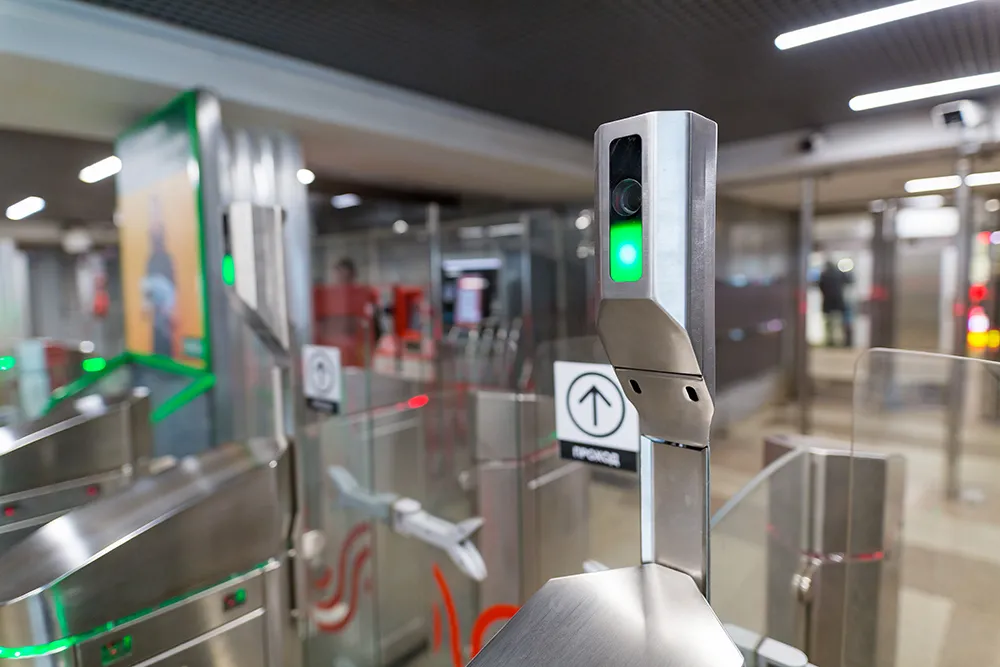Flir Systems is taking advantage of the Innotrans 2016 exhibition in Berlin, Germany, 20-23 September, to launch the Flir RSX-F intelligent sensor for advanced fire detection inside rail coaches. The sensor uses the Flir Lepton thermal sensor and high-definition visual imaging for fire and occupancy detection as well as CCTV monitoring.
The Flir RSX-F uses a thermal sensor with on-board fire detection algorithms to detect a fire faster and more accurately than conventional methods. It detects thermal
September 20, 2016
Read time: 2 mins
The Flir RSX-F uses a thermal sensor with on-board fire detection algorithms to detect a fire faster and more accurately than conventional methods. It detects thermal energy emitted from objects within its field of view and is able to see through smoke. The dynamic video detection algorithms also determine the size, rate of temperature increase and movement of a hot spot. This approach allows for lower false alarms by distinguishing hazardous events like cigarettes or lighters.
The device also measures seat occupancy in a passenger train, which allows train operators to optimise passenger flow or improve passenger comfort by sensing temperature adjusting train-based HVAC systems. The FLIR RSX-F is easily mounted to walls or ceilings and tilts up to 45 degrees for optimal viewing. The sensor is also fully compliant with the EN 50155 standard covering electronic equipment used for railway applications.








